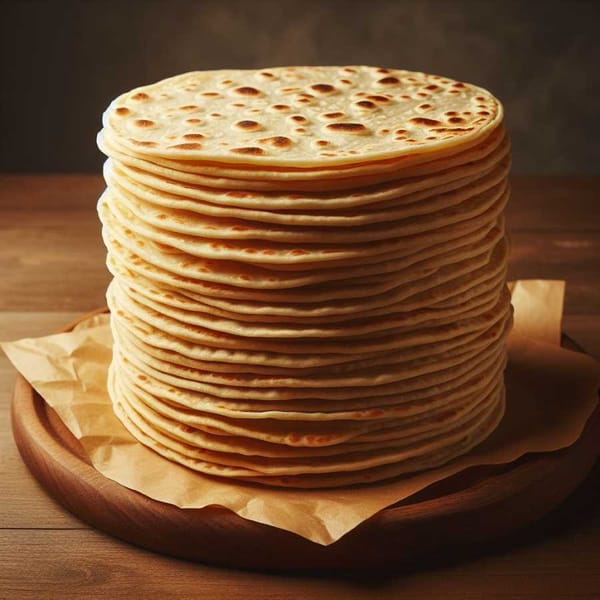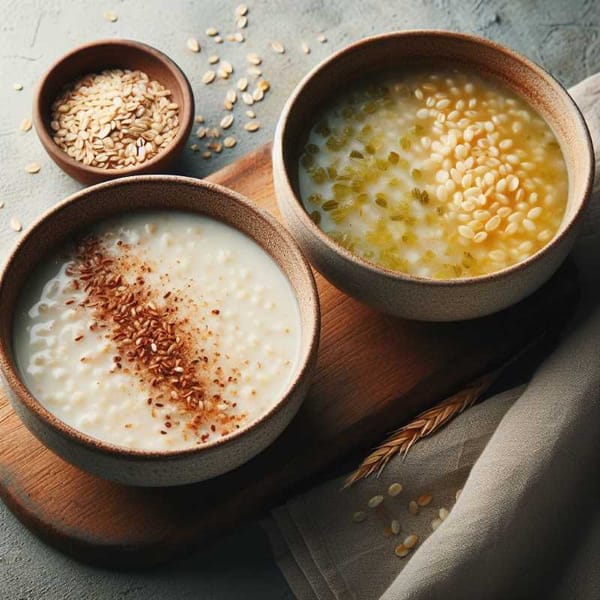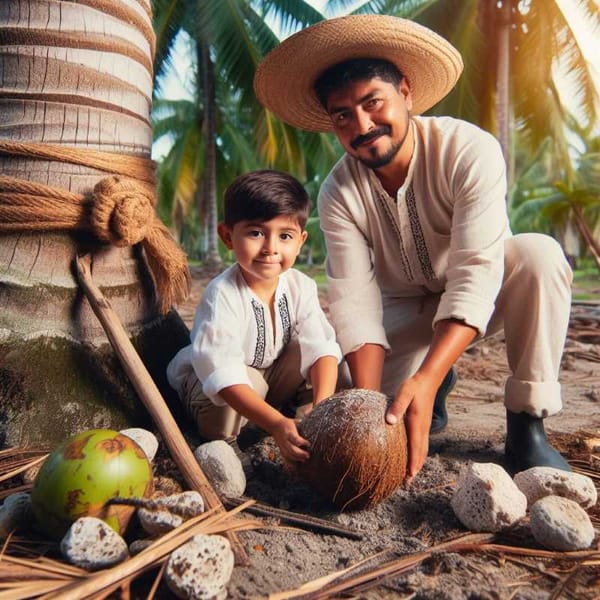Pozole of human flesh? This would be the origin of the Mexican cannibal dish
There is ancient history in the midst of the ingredients and ways of preparing pozole, which refers to the Mexica and warrior way of preparing it, and which included human flesh as an essential part of the recipe.
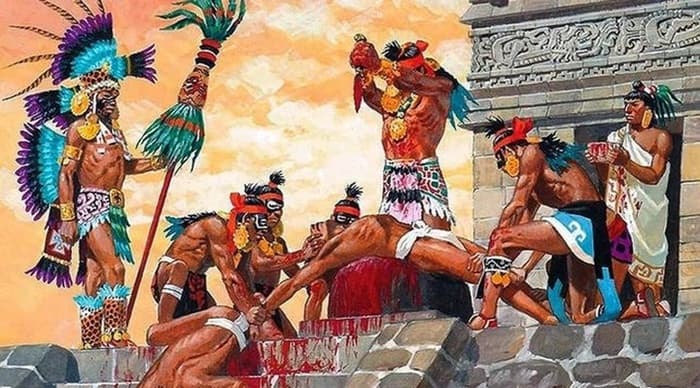
Mexicans love pozole. There are some regions of the country that give the recipe a special flavor that colors it: green, white, red... depending on the seasoning. And the type of meat used for each recipe is also part of its name: pork pozole, chicken pozole, fish pozole, cachete pozole, head pozole, maciza pozole... And in the middle of its ingredients and the ways to prepare it, there is an ancient history that refers us to the Mexica and warrior way of preparing it, and that included human meat as an essential part of the recipe.
The ritual preparation was as follows: a warrior would capture an enemy of his own rank on the battlefield. That moment was like going to the market to get good ingredients. And of course, there were predilections among the Mexicas and their gods, because among the options "none were as pleasant as those of Tlaxcala and Huexotzinco and Cholula and Atlixco and Tecoac and Tliliuhtepec, which six cities chose for their service and food".
The warrior returned victorious to Mexico City Tenochtitlan and the captive was treated with all honors because it was a way of impregnating him with the tonalli of his captor who thus fulfilled his duty to his gods, his ruler, and his guild. The day of the ritual sacrifice of the captive on the sacrifice stone of the house of the gods would come, and with the spilling of his blood and his death, the sun and its multiple divine manifestations would be fed.
The corpse was rolled down the steps of the temple and the captive warrior had to recover it to take it home. There it would be cooked in the following manner: "They cooked the meat with the corn, and gave each one a piece of that meat in a bowl or caxete, with its broth and cooked corn".
This was a banquet that the warrior shared with his large calpulli family. Although there were occasions when this cannibalistic delight could be exchanged for cotton blankets. The preparation included neither salt nor spices and the captor warrior could not eat his victim. This warrior pozole was called "tlacatlaolli".
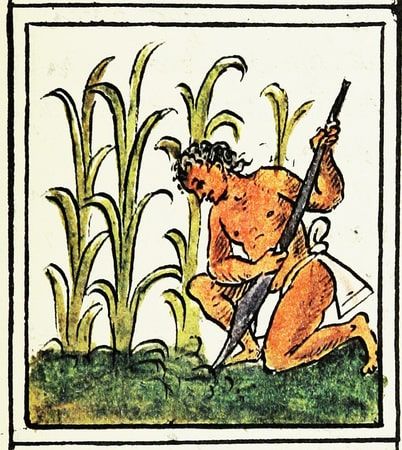
It is worth mentioning that of the whole body, before going into the pot, the meat of the thigh was reserved to be sent to the palace of the tlatoani, where it was cooked inside the menus of thirty different stews presented in 300 dishes with which they entertained the ruler every day.
Surely this unique culinary specialty of the warriors caused the whimsy of other powerful groups in Mexican society, among them the pochtecas or merchants, who kept the complex economic fabric active and vigorous. That's why they saw the way to access this powerful and prestigious food by buying slaves that would serve as the main ingredient of pozole, following the sacrificial procedure, but with some variations, since they cooked the meat and corn in different pots and with a little bit of salt.
The slaves were also cooked in the festivities to the deities of the water, the tlaloque, where to their meat cooked in the pot was added pumpkin flowers.
This human pot recipe belongs to the sphere of the Mesoamerican corn, of the agricultural societies that survive thanks to the cultivation of the corn. It differs from the grilled cuisine of the Chichimeca groups or people from the north, who are used to hunting and roasting the meat of their prey. A custom that survived among the Mexicas who made the pilgrimage from Aztlan to the valley of Mexico. And they would use this effective cooking for specific parts of the human body, like the heart that the priests ate.
Another ancestral method of cooking is the earth oven, where the meats are cooked with the controlled heat of the ember inside a hole in the ground, maintaining the humidity and retaining the broths that the ingredients exude when cooked slowly, like the delicious barbecue of our days. On the expedition to the Hibueras, there was an occasion when their indigenous allies, very hungry, made captives in the war and "on the way they killed them and roasted them in ovens that they made for this purpose under the earth, and with stones, as they used to do in their time in Mexico, and ate them".
How was the thigh meat cooked in the tlatoani palace? We don't know precisely, but the threat that the Mexicas made to the Spaniards during the confusing days of Motecuhzoma's captivity is worth quoting: "if you don't release Moteczumacin and leave later, you will soon be dead healthy, cooked with chilmolli and eaten by gross animals, since you are not good for men's stomachs;" which leads us to think that meat in chili and tomato sauce or tomatoes was also part of the anthropophagic Mexica recipe book.
Sources: UNAM


